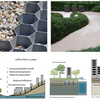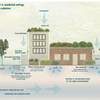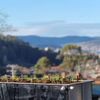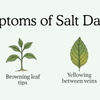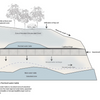Understanding the Perched Water Table
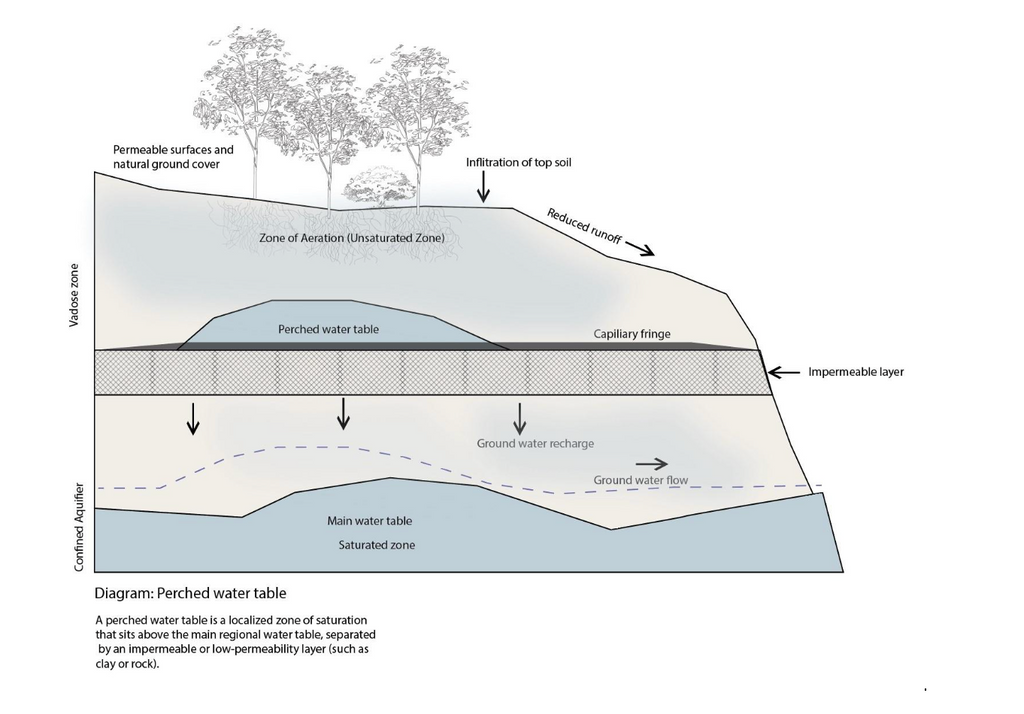
How the perched water table supports biophillic urban design
Cities are changing. Across the world, planners, architects, and developers are embracing biophilic design; the principle of weaving nature into our built environments to improve human wellbeing, biodiversity, and resilience. But while green roofs, vertical gardens, and urban planters are visually stunning, they also face a tough challenge: how to keep plants thriving in harsh, resource-limited cityscapes.
This is where the science of the perched water table comes in, and why WaterUps technology is at the heart of climate-smart, biophilic design.
What Is the Water Table?
A perched water table is a natural water reservoir that forms when water collects above a boundary between soils of different particle sizes. At this interface, water resists draining away and “perches” in a stable layer that plants can draw on. In WaterUps systems, we mimic this principle using sub-irrigation channels and wicking cells. These act like a miniature perched water table, storing water at the base of planters or green infrastructure while capillary action delivers it up to the root zone.
Why It Matters for Biophilic Urban Design
Biophilic design isn't just about planting more greenery, It's about creating sustainable systems that can survive urban stresses such as:
- Limited water access
- Extreme climates
- Maintenance constraints
By holding water where plants need it most, the perched water table solves these problems:
- Resilience: Plants have a reliable reservoir beneath them/survival through dry spells
- Efficiency: Up to 80% less water is lost compared to surface irrigation
- Scalability: from local council street planting, commercial projects or residential gardens
Biophilic design with perched water tables brings measurable benefits:
- Cooler cities: evapotranspiration reduces urban heat island effect
- Wellbeing: access to green spaces has psychological benefits
- Biodiversity: reliable watering supports pollinator-friendly planting
- Circularity: our products use recycled plastic, contributing to circular economy goals
From Concept to City
WaterUps systems are already being integrated into planter installations along King Street Wharf, in airport projects, and in large-scale urban redevelopments. By embedding perched water table technology into these projects, developers arn't just planting greenery, they’re future-proofing it.
Biophilic urban design only works when nature is supported to thrive. The perched water table, (one of nature’s foundational water principles) ensures that plants in our cities don’t just survive but flourish. With WaterUps, every rooftop, streetscape, or urban courtyard can become a sustainable green oasis.





